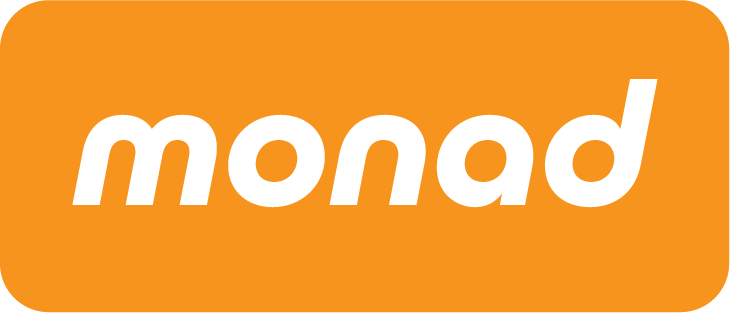Most people go shopping with a shopping list, and the search for a new ticketing system is no exception. In this case, it’s a list of features you wish were in your existing setup. After all, it makes sense to want one that does everything, right?
The problem is that unless it’s a system built specifically for the needs of your organisation, there will be other people using it who also want it to do a slightly different version of “everything”. When software developers try to cram all the functionality that every user could possibly want, you end up with all kinds of unpredictable and unnecessary issues.
Software bloat and feature creep
The tech industry has names for when software gets overloaded with functionality (“software bloat”) and filled with features way outside its original scope (“feature creep”). The biggest problems with bloated software are:
- It’s more complicated to use, and more expensive to train on. Even if you have no intention of using a feature, you’ll still want to know what it does, why it’s there, and what could go wrong if you hit this green button by accident.
- It’s more complicated to support, which compromises the quality of the support. Think of the last time you were sent from pillar to post on the helpline for a Microsoft Office application, for instance.
- It’s harder to maintain, so it goes wrong more often – and the more complex it is, the harder it is to account for everything that can go wrong when you’re building patches and upgrades.
- It runs slower. That’s mostly just annoying, but annoyed users will look for an alternative, so it’s still important for developers to keep things speedy.
You might think more features make for better software, but feature creep rarely adds value to an app – more often, it provides inadequate solutions to imagined problems and compromises the overall quality of the original product in the process.
Jack of all trades…
Over the years, Monad has been asked to add all kinds of things into our ticketing system – instant messaging consoles for internal communication, restaurant booking functionality, advanced CRM features like evaluation for fundraising campaigns and donor engagement, email marketing, and more.
We’ve resisted, because our core aim is to be the best ticketing system we can be. Most software developers start out with the aim of excelling at one thing, but the more layers of complication there are, the less likely it is that any individual element will perform any better than OK.
Tools that do those jobs well – like Slack, HORECA systems, Raiser’s Edge, or MailChimp – are also developed with the aim of excelling at one thing. What’s more, they have a wider audience than a ticketing system, and more users means more money for development – with the end result that it’s cheaper to access.
User experience and user satisfaction
Say the workers in your marketing department are long-standing MailChimp users. They’ve built up an efficient workflow and an extensive resource library, they’ve nailed the layout for newsletters and web forms, they’ve got all their segmentation in place, and they can do some really neat things with the more advanced functionality.
Now say you’ve just bought some software that isn’t designed for marketing, but technically allows users to build and segment mailing lists, design newsletters, and count open- and click-through rates. It doesn’t integrate with MailChimp, so your marketing people will have to start afresh with a new application that does these tasks less efficiently. Will your staff:
a) Accept the change happily and adapt immediately;
b) Resent you and drag their feet for the duration of the transition;
c) Carry on using MailChimp regardless and manually transferring data across, leading to errors?
Real talk: the answer is b), c), or both.
Everyone hates change, especially when – as far as they’re concerned – it’s a change for the worse. Looking for integrations with what they already use is a good way to keep your staff happy and help them carry on working efficiently in the way they know best.
So, why integrate?
By adding integrations between our software and other apps, we can draw on the full power and functionality of specialist products without compromising the quality of our own. We can add new integrations much quicker than creating new features, and we can add more of them. Meanwhile, our customers still get all the bells and whistles and can see everything in one place. It’s the best of both worlds!
Monad integrates with:
- Yesplan, for venue management
- codeREADr, for barcode scanning and entry
- Audience Finder, for audience analytics
- MailChimp, for email marketing
- ArenaMetrix, for CRM, analytics, and revenue optimisation
- PCA Predict, for postcode lookup
…and more! We’re currently working on adding Raiser’s Edge for CRM and the Fidelity GPOS point of sale system, and we take requests.
